While most teens were unwinding after their year end exams, a group of curious, creative students dove into something bigger: a summer of bold ideas, hands-on learning, and real-world impact at Shad. United by a shared passion for innovation and social good, these talented youths came together to tackle one pressing question: How might we design innovative and sustainable transportation solutions that meet the needs of people in Canada?
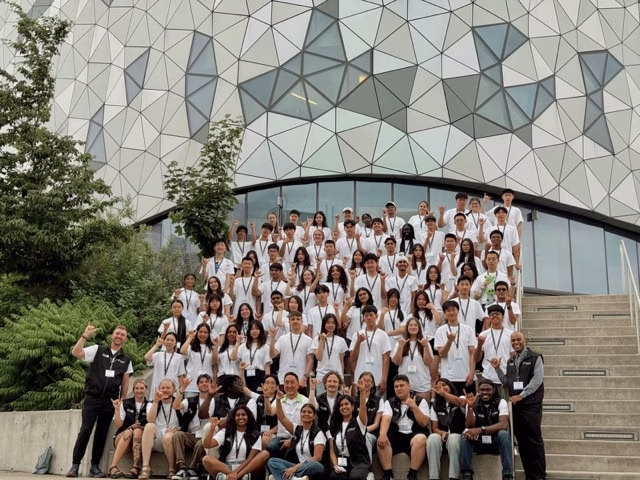
Over four intense and inspiring weeks, students across 25 Canadian university campuses teamed up with industry leaders, academic experts, and mentors to transform napkin sketches into functional prototypes. It was all part of Shad’s capstone Design Challenge -an experience designed to help them see themselves as changemakers ready to tackle the pressing challenges of today and tomorrow using STEAM and entrepreneurship.
“It was incredible to see our ideas grow from rough sketches into something tangible. Working alongside experts and peers from across the country made me realize that we really do have the power to create solutions that can make a difference,” shared Katelyn Osmend, a Shad from Deer Lake, Newfoundland.
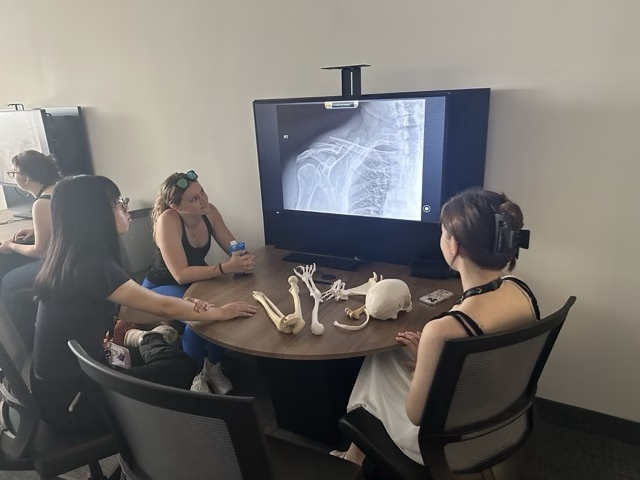
Creative ideation is a cornerstone of the design process, with students encouraged to think outside the box and explore innovative solutions to the challenges they chose to address. Throughout the program, Shads engage in university-level lectures and hands-on labs that provide essential skills and knowledge, empowering them to develop well-informed, impactful design proposals. This foundation sparked a range of outstanding projects that showcased their creativity and problem-solving abilities.
“It’s pretty incredible to see what the students come up with”, said Warren MacArthur, a Program Assistant at Shad’s St. Thomas University campus in New Brunswick. “You see them at the beginning, not entirely sure of themselves, and then watch them flourish and create these truly awesome solutions. It’s great to see the transformation.”
From solar-powered bike shelters to AI-assisted bus route optimization to modular cargo systems for bush planes, their Design Challenge prototypes proved that with curiosity, collaboration, and a drive to make a difference, even the most complex problems can find fresh solutions. Often inspired by their own desire to live more sustainably, some groups chose to tackle challenges they themselves had encountered, like the winners of the Design Challenge at Shad’s Wilfrid Laurier University campus who designed navigation glasses for bike riders.
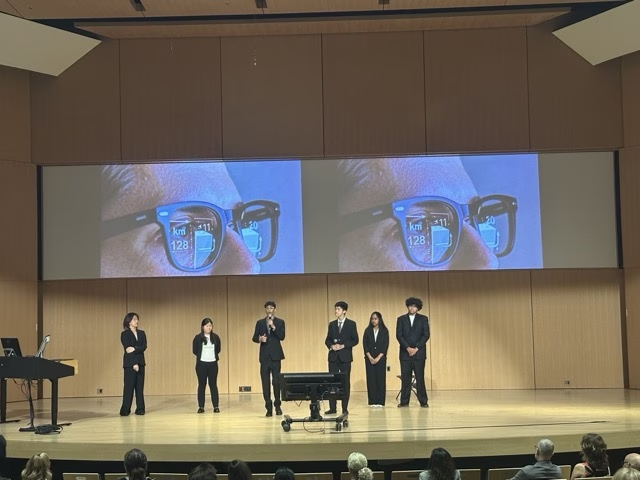
“Our team wanted to solve the problem of distracted navigation, where cyclists and other commuters must look down at their phones for directions, putting them at risk. We developed smart glasses that project navigation cues, speed, and other data directly onto the lenses, allowing riders to keep their eyes on the road and making commuting by bike safer and easier,” explained Jimmy Li, one of the group’s members.
By making cycling safer and more accessible, the team behind this innovative product, which they named ARrive, aimed to encourage more people to choose bikes over cars for commuting. Their product supports lower-carbon transportation and aligns with city initiatives to expand bike lanes, reduce traffic speeds, and promote micromobility. The group was incredibly proud of what they accomplished, amazed by what they were able to come up with in such a short time.
“This project has changed the way I think about problem solving. Often when people think about trying to solve a problem, they go really big scale and then decide not to try something because they think only the big stuff matters. But this project taught us that the little things that often get overlooked are the little changes that can make all the difference. It’s so empowering,” shared Shaan Shah, a team member from Brampton, Ontario.
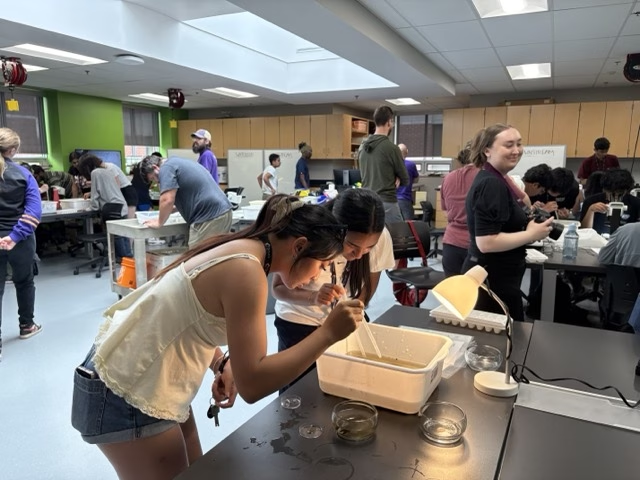
Another team, Green Pave Solutions, set out to tackle Canada’s persistent pothole problem, which is worsened by extreme freeze–thaw cycles. They designed a more durable asphalt made from recycled tires, waste plastics, and biomass ash, enhanced with calcium magnesium acetate to prevent icing, and epoxy resin capsules for self-healing cracks.
According to Thuvarakha Jeevanesan, a team member from Markham, Ontario, the group was motivated to address this issue by what they saw on the Laurier campus and in their hometowns.
“We recognized potholes as a serious safety hazard, causing things like fatal motorcycle accidents, and we wanted to create a more sustainable, long-term fix that can both improve road safety and reduce industrial waste in Canada.”
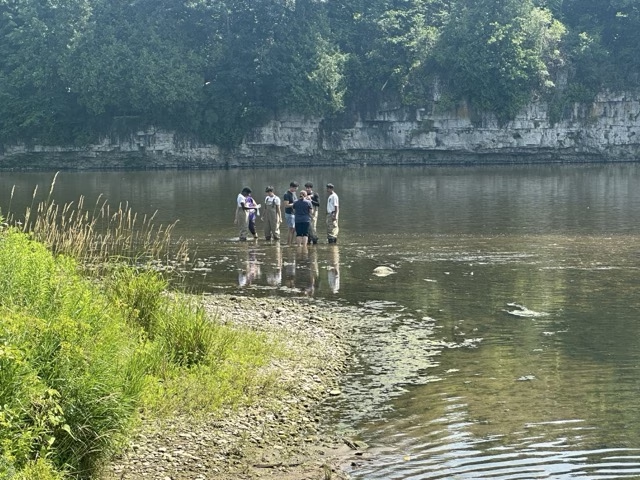
For Felix Shen, an aspiring engineer, the project offered an inspiring glimpse into the real-world challenges he hopes to tackle in his future career.
“The Design Challenge provided really valuable experience on how someone in an industry might go through a process of problem solving. We encountered a lot of roadblocks and design issues that we had to overcome, and that experience can translate into the real world where in real life there will be situations where you might come up against roadblocks, and you just keep going and find solutions around them.”
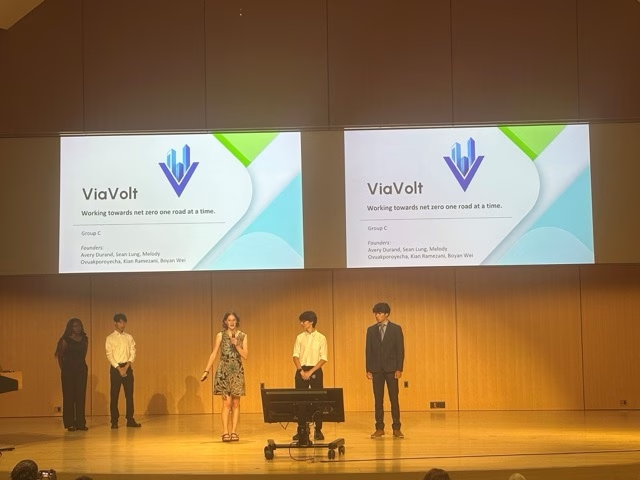
Other projects went beyond simply solving problems – some transformed the problems themselves into opportunities for advancing sustainable goals, like the group ViaVolt, who designed a process for capturing and converting the vibrations from vehicles on roads into electricity using piezoelectric technology. Their idea was to install this technology under road surfaces, starting with a pilot program in Toronto, to generate renewable energy from the constant motion of traffic. Team member, Kian Ramezani, shared that the team was in part inspired by their time living in larger cities where they regularly saw cars idling in traffic congestion.
“I live in Toronto, where heavy traffic is a daily frustration. We wanted to find a way to turn that wasted time and energy into something useful, so we created a sustainable power source that leverages existing infrastructure. The goal was to address both environmental sustainability and practical energy generation without requiring major new construction.”
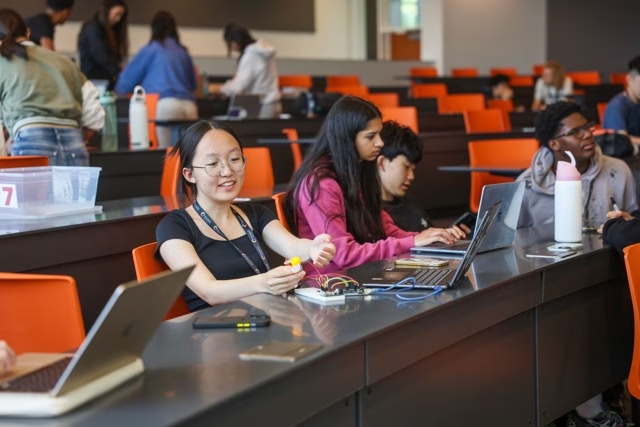
This is the kind of innovative problem solving the Design Project is meant to inspire, encouraging students to embrace their potential to influence change and accomplish, big, important things. What began as a summer challenge became a launchpad, transforming bold ideas into tangible solutions, and students into confident changemakers.
“Before Shad, I never really saw myself as someone who could make an impact on such a big scale,” reflected Cole Perkins, a Shad from Toronto, Ontario. “Now I know that with the right tools, the right people, and the right mindset, we can create solutions that matter. And not someday, but right now.”
